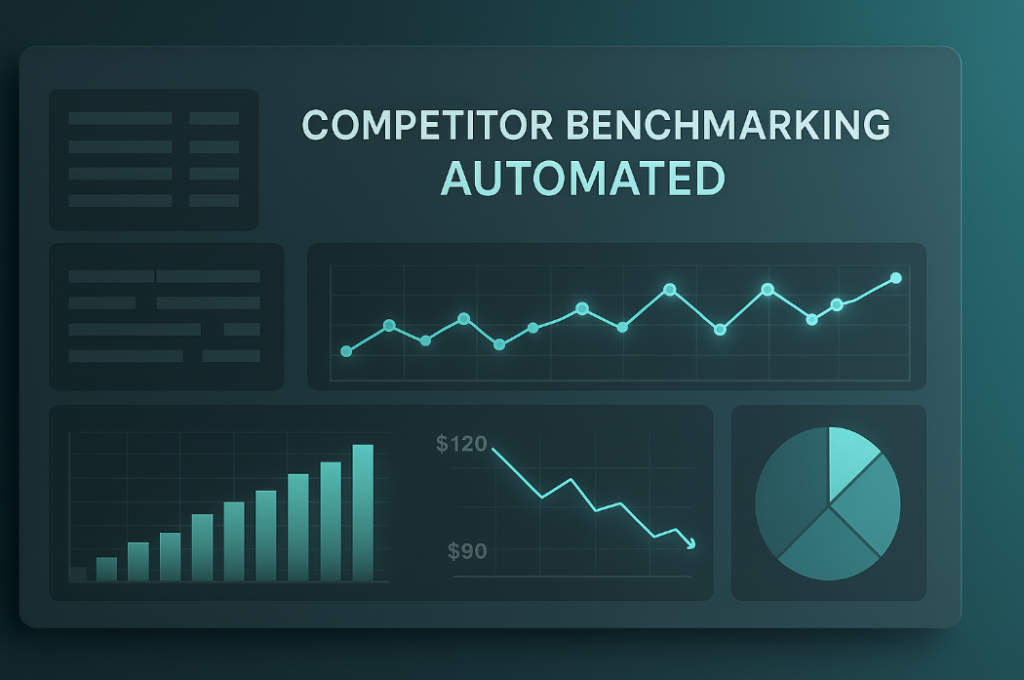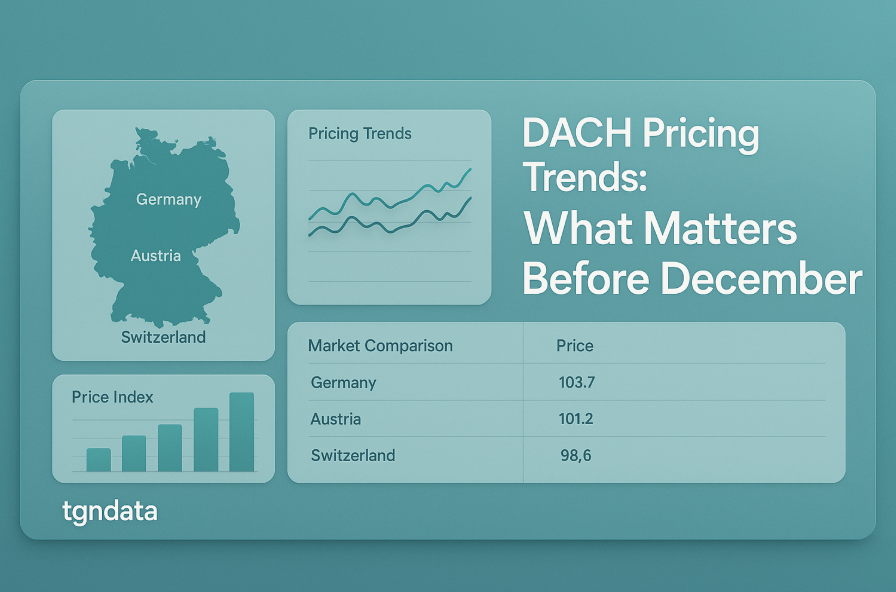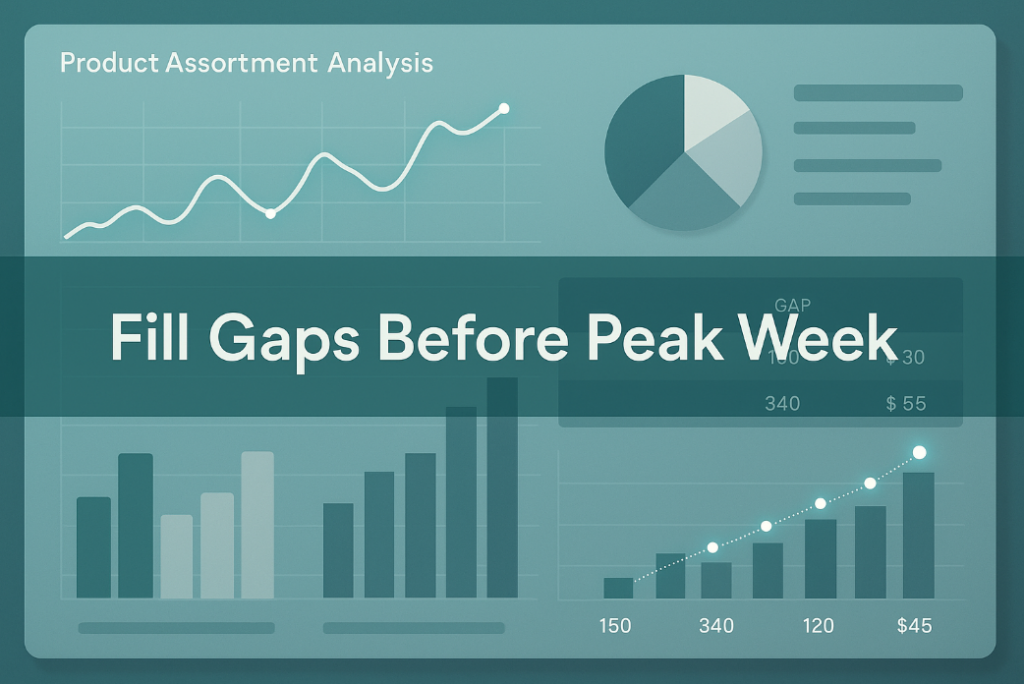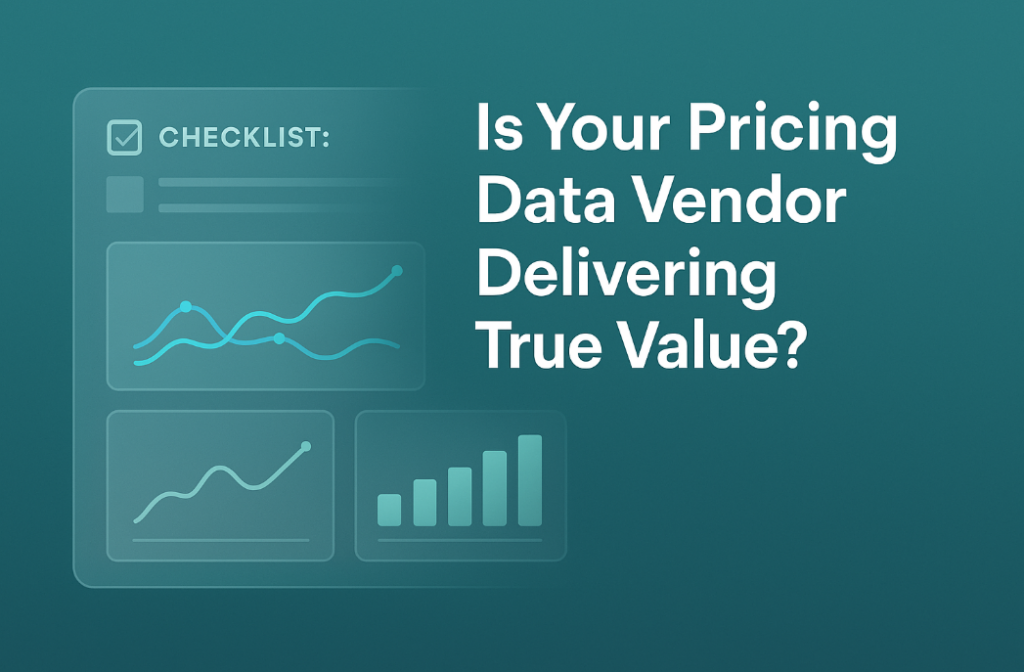- Product
- Solution for
For Your Industry
- Plans & Pricing
- Company
- Resources
For Your Industry
In the competitive BENELUX retail market, where Belgium, the Netherlands, and Luxembourg intersect with some of Europe’s most digitally mature consumers, data-driven pricing has become a decisive factor for success. Retailers in this region have faced increasing margin pressure, volatile supply chains, and highly price-sensitive shoppers. Those who harnessed data and analytics to guide their pricing strategies have gained measurable advantages in revenue growth, customer retention, and operational efficiency.
This case study explores how leading BENELUX retailers achieved these outcomes by integrating data-driven pricing and retail analytics into their commercial strategies.

The BENELUX region presents a unique retail environment characterized by:
Cross-border commerce: With open trade and linguistic diversity, retailers compete across national lines.
Digital adoption: E-commerce penetration rates exceed 85%, with consumers frequently comparing prices online.
Sustainability focus: Local consumers prioritize ethical sourcing and transparency, influencing pricing strategies.
In this context, traditional static pricing could no longer meet market demands. Retailers turned to data-driven models that leveraged real-time data and automation.
BENELUX retailers began transitioning from manual pricing to data-driven pricing systems to address three main challenges:
Price volatility in energy and logistics affecting cost structures.
Competitive transparency through online marketplaces.
Dynamic consumer demand influenced by promotions and macroeconomic trends.
By integrating retail analytics and pricing automation platforms, retailers could dynamically adjust prices, simulate outcomes, and align pricing decisions with strategic goals.
The tgndata analysis of top-performing BENELUX retailers revealed four primary drivers of success in data-driven pricing initiatives.
Leading retailers centralized their pricing, sales, and competitor data into unified analytics platforms. This allowed teams to:
Identify price elasticity by product and channel.
Detect margin leaks early.
Automate competitive price matching.
Machine learning models analyzed millions of transactions to recommend optimal prices. Algorithms factored in demand forecasts, inventory levels, and competitor movements. This approach replaced intuition-based pricing with evidence-based decisions.
Retailers used web scraping and API integrations to collect competitor prices and market signals. This intelligence informed pricing adjustments across channels in real time, allowing them to stay competitive without manual intervention.
KPIs such as gross margin return on investment (GMROI), price perception, and promotion uplift were tracked daily. Dashboards visualized results, enabling pricing managers to refine algorithms and marketing tactics.
Faced with margin compression, this retailer adopted dynamic pricing automation. The system analyzed thousands of SKUs and competitor updates every hour. Outcomes included:
11% margin improvement across high-demand products.
Real-time alerts for pricing anomalies.
A 23% faster response to market shifts.
By integrating historical sales, competitor data, and weather patterns, the brand optimized pricing for seasonal collections:
Stock turnover improved by 15%.
Markdown frequency decreased significantly.
Consumer satisfaction scores rose 9% year over year.
Automation plays a central role in modern retail pricing. Through AI-driven dynamic pricing models, BENELUX retailers now:
Analyze competitor data and consumer demand continuously.
Simulate pricing scenarios before executing changes.
Use reinforcement learning to optimize discount timing.
AI ensures pricing decisions align with business objectives while maintaining compliance and transparency across all channels.
| Metric | Average Improvement | Description |
|---|---|---|
| Revenue Growth | +6.3% | Driven by optimized pricing models |
| Gross Margin | +8.1% | Through smarter discounting and elasticity analysis |
| Inventory Turnover | +12% | Enabled by predictive demand modeling |
| Price Perception Index | +7 points | Based on consumer survey data |
| Promo Efficiency | +15% | Reduced over-discounting losses |
From the case study, several key lessons emerge:
Data quality is the foundation. Without clean and structured data, algorithmic pricing fails to deliver consistent results.
Cross-functional alignment is critical. Pricing teams, marketing, and finance must collaborate on shared KPIs.
Human oversight remains vital. While AI supports automation, human pricing experts interpret insights and ensure ethical decision-making.
BENELUX retailers are now expanding data-driven pricing into adjacent areas such as:
Personalized pricing based on shopper profiles.
Sustainable pricing reflecting carbon-neutral products.
Integrated supply-demand forecasting.
The evolution of data-driven pricing continues to redefine retail competitiveness in Europe’s most digitally advanced markets.
The BENELUX case study demonstrates that data-driven pricing is more than a tactical advantage. It is a strategic imperative. Retailers that combine analytics, automation, and human expertise outperform peers in growth, agility, and customer trust.
To lead in this next era of retail, organizations must adopt unified data systems and AI-powered pricing models that balance profitability with consumer fairness.
Ready to transform your retail pricing?
Discover how tgndata empowers leading retailers with next-generation pricing intelligence and automation solutions.













Missing an important marketplace?
Send us your request to add it!